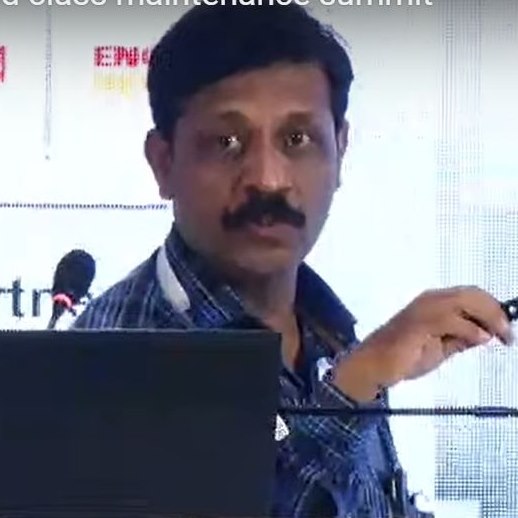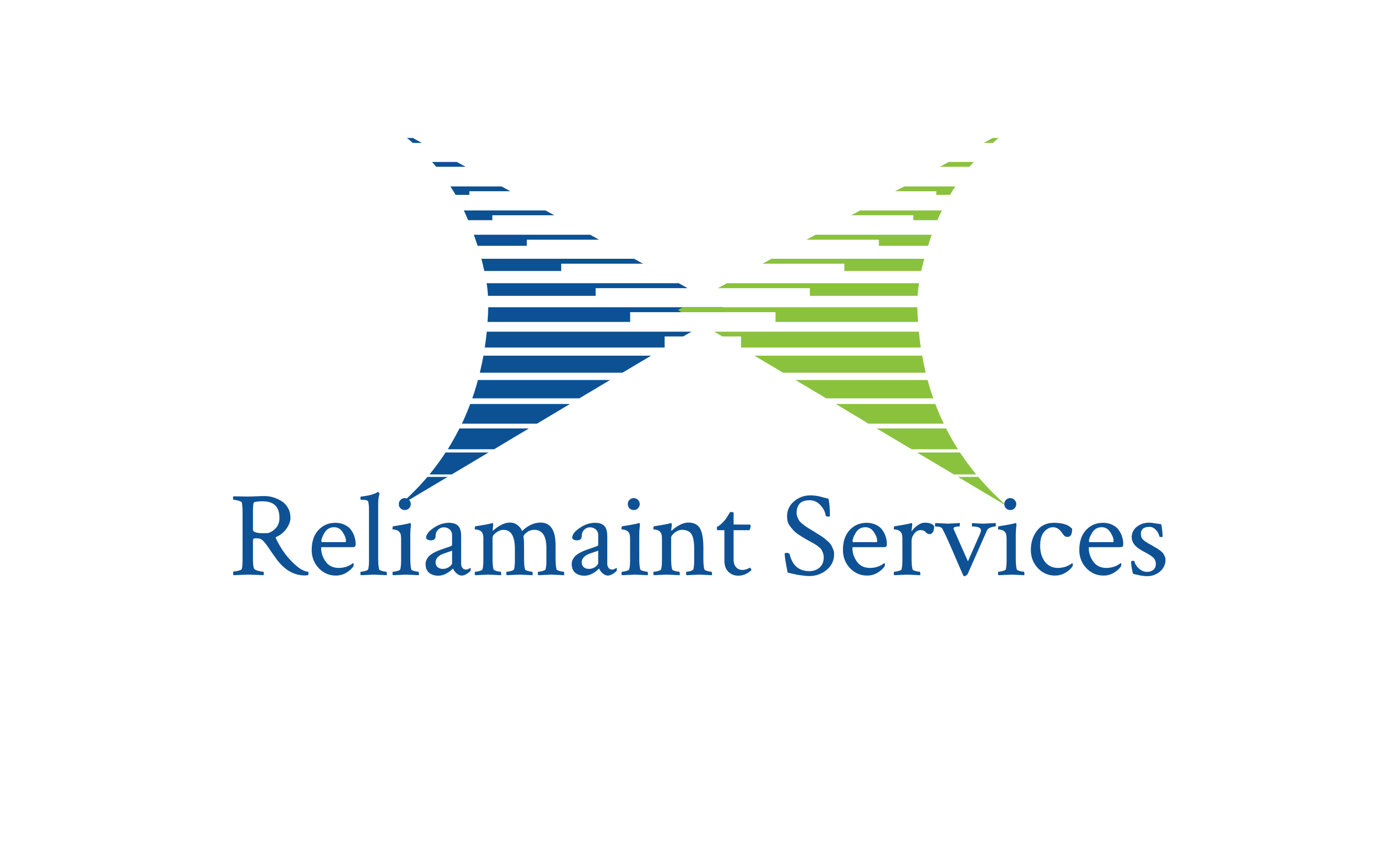Asset Reliability
CMMS is Your Gateway to Future Technologies for Asset Management
- 05 May. 2025
- 11 min read
In the evolving landscape of industrial operations, the way organizations manage assets is undergoing a digital revolution. At the heart of this shift lies the Computerized Maintenance Management System (CMMS) — not just a tool for maintenance tracking, but a foundation for future technologies that promise to transform asset management into a proactive, intelligent, and value-driven function.
-
CMMS: The Digital Foundation
A CMMS serves as the digital core of asset maintenance by collecting, organizing, and structuring maintenance data — work orders, equipment history, failure logs, and spare part consumption. This digitization is essential because no future technology — whether it’s AI, IoT, or remote diagnostics — can deliver value without clean, structured data.By implementing a CMMS, organizations take the first step toward modernizing their asset ecosystem and opening doors to more advanced innovations.
-
Enabling Web and Mobile-Based Maintenance Workflows
Today’s modern CMMS platforms are cloud-based and mobile-enabled. This web-first architecture supports remote access, real-time updates, and collaboration across departments and even geographic locations. Maintenance technicians can receive work orders, log completions, upload photos, and scan QR codes — all from a mobile device on the shop floor.This paves the way for integration with other web technologies, such as vendor portals, IoT dashboards, and digital twins.
-
Remote Monitoring and Diagnostics
When a CMMS is integrated with IoT sensors, real-time equipment data can be streamed directly into the system. This unlocks remote diagnostics, where maintenance teams are alerted to anomalies like temperature spikes or vibration thresholds — even before a failure occurs.Instead of waiting for operators to report issues, remote systems trigger work orders automatically, allowing maintenance teams to act swiftly. CMMS becomes the communication bridge between connected assets and human decision-makers.
-
Predictive Maintenance and AI Interventions
AI thrives on historical data, and a mature CMMS holds the maintenance history needed to feed machine learning models. With AI, patterns of failure can be detected, maintenance schedules optimized, and resource planning improved. This makes predictive maintenance a reality — where the system forecasts potential breakdowns and recommends actions.Moreover, AI-enabled CMMS can offer intelligent recommendations: suggesting spare parts to stock, ideal times for maintenance windows, or even identifying underperforming technicians based on historical trends.
-
Integration with Future Technologies
Modern CMMS platforms support API integrations, making it possible to connect with a wide array of future-ready systems:• ERP systems for synchronized financial and maintenance planning
• Digital twins to simulate and analyze equipment performance
• Augmented Reality (AR) for guided repairs using smart glasses
• Blockchain for secure equipment certification and audit trailsThese integrations turn CMMS from a standalone tool into a central node in the digital asset ecosystem.
-
Data-Driven Culture and Strategic Maintenance
With centralized data and intelligent insights, CMMS fosters a culture of data-driven maintenance. Managers can visualize performance KPIs, plan budgets based on real costs, and justify investments in new technologies with confidence.Strategic decisions — such as replacing aging assets, optimizing technician headcount, or redesigning PM strategies — become easier when backed by CMMS data.
Conclusion: CMMS is Your Technological Launchpad
Adopting a CMMS is more than digitizing maintenance — it’s laying the groundwork for embracing technologies like remote diagnostics, predictive AI, cloud systems, and intelligent integrations. Plants that continue relying solely on manual or legacy systems will find themselves excluded from the benefits of this fast-moving evolution.
Investing in a capable CMMS today means preparing your plant for tomorrow’s intelligent, connected, and proactive asset management landscape. It’s not just software — it’s your gateway to the future.
About ReliaMaint
Stay tuned to for insights on asset reliability and maintenance management..

Neeraj Kumar
CEO & Co-Founder
Recent Posts
Planning and Scheduling in Equipment Maintenance.
What CEOs Need to Know About Physical Asset Management.
CMMS.. a catalyst for reliability culture
How Data Driven Process of Reliability and Maintenance can enhance Asset Performance.
Categories
Tags
Newsletter
Contact us
Contact us to Know more on these Topics.
Send